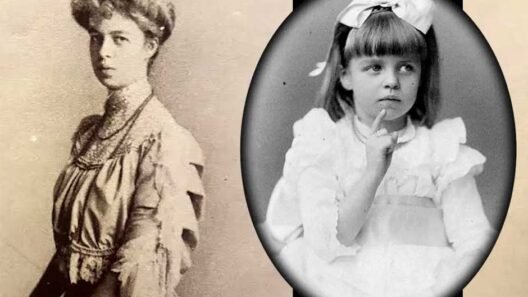Introduction
Eva Barbara Fegelein’s life, though brief, offers a poignant glimpse into the tumultuous aftermath of World War II. Born into a family deeply entangled with the Nazi regime, her existence was inextricably linked to some of the darkest chapters of the 20th century.
This article explores the life of Eva Barbara Fegelein, examining her lineage, the circumstances surrounding her birth, and the tragic end that ultimately befell her. Her story provides a unique, if somber, perspective on the personal repercussions of historical events.
Early Life and Family Background
Eva Barbara Fegelein entered the world on May 5, 1945, in Obersalzberg, Bavaria. Her birth came just days after the suicides of Adolf Hitler and Eva Braun, marking a chaotic period in history. Her mother was Margarete Braun, sister to Eva Braun, Adolf Hitler’s long-time companion and brief wife. Her father was SS-Gruppenführer Hermann Fegelein, a liaison officer to Hitler and a prominent figure within the Nazi hierarchy.
Her birth coincided with the final collapse of the Third Reich, a period of immense chaos and despair. This timing placed her at the intersection of a crumbling regime and a world grappling with the aftermath of war, casting a somber tone over her life.
The Shadow of Her Parents: Hermann Fegelein and Gretl Braun
Hermann Fegelein’s career was characterized by his close association with Heinrich Himmler and, subsequently, Adolf Hitler. His marriage to Gretl Braun, Eva Braun’s younger sister, further solidified his position within Hitler’s inner circle.
Tragically, Fegelein’s life was cut short when he was executed for desertion in the war’s final days. This abrupt end undoubtedly cast a long shadow over Gretl and, by extension, their daughter, Eva Barbara.
Gretl Braun, despite her sister’s infamous connection to Hitler, managed to survive the war. She later remarried and lived a relatively quiet life, though the specter of her past, and her family’s involvement with the Nazi regime, undoubtedly lingered.
A Life Cut Short: Her Tragic Death
Eva Barbara Fegelein’s life came to a tragic end at the young age of 25. She died by suicide on April 8, 1971, following the death of her boyfriend in a car accident. This devastating loss appears to have been a significant factor in her decision.
Her passing, much like her arrival into the world, was shrouded in profound sadness and personal tragedy. It serves as a stark reminder of how historical events and personal circumstances can leave an indelible mark on individual lives, even decades later.
Legacy and Historical Context
Eva Barbara Fegelein’s story is not widely known, yet it offers a unique lens through which to view the aftermath of World War II. She represents a generation born into the ruins of a devastating conflict, bearing the weight of their parents’ actions and the historical trauma of their time.
Her life serves as a reminder that the consequences of war extend far beyond the battlefield, affecting individuals and families for generations. Her brief existence, marked by a tragic end, is a testament to the enduring human cost of such historical upheavals.
Conclusion
Eva Barbara Fegelein’s life, though short and largely lived out of the public eye, is a compelling narrative of a young woman caught in the currents of history. Born into a family synonymous with one of the darkest periods in human history, her personal tragedy reflects the broader suffering and lingering effects of the war.
Her story, while somber, provides a valuable, intimate glimpse into the lives of those who inherited the complex and often painful legacy of the Third Reich. It is a testament to the enduring impact of the past on individual destinies.













